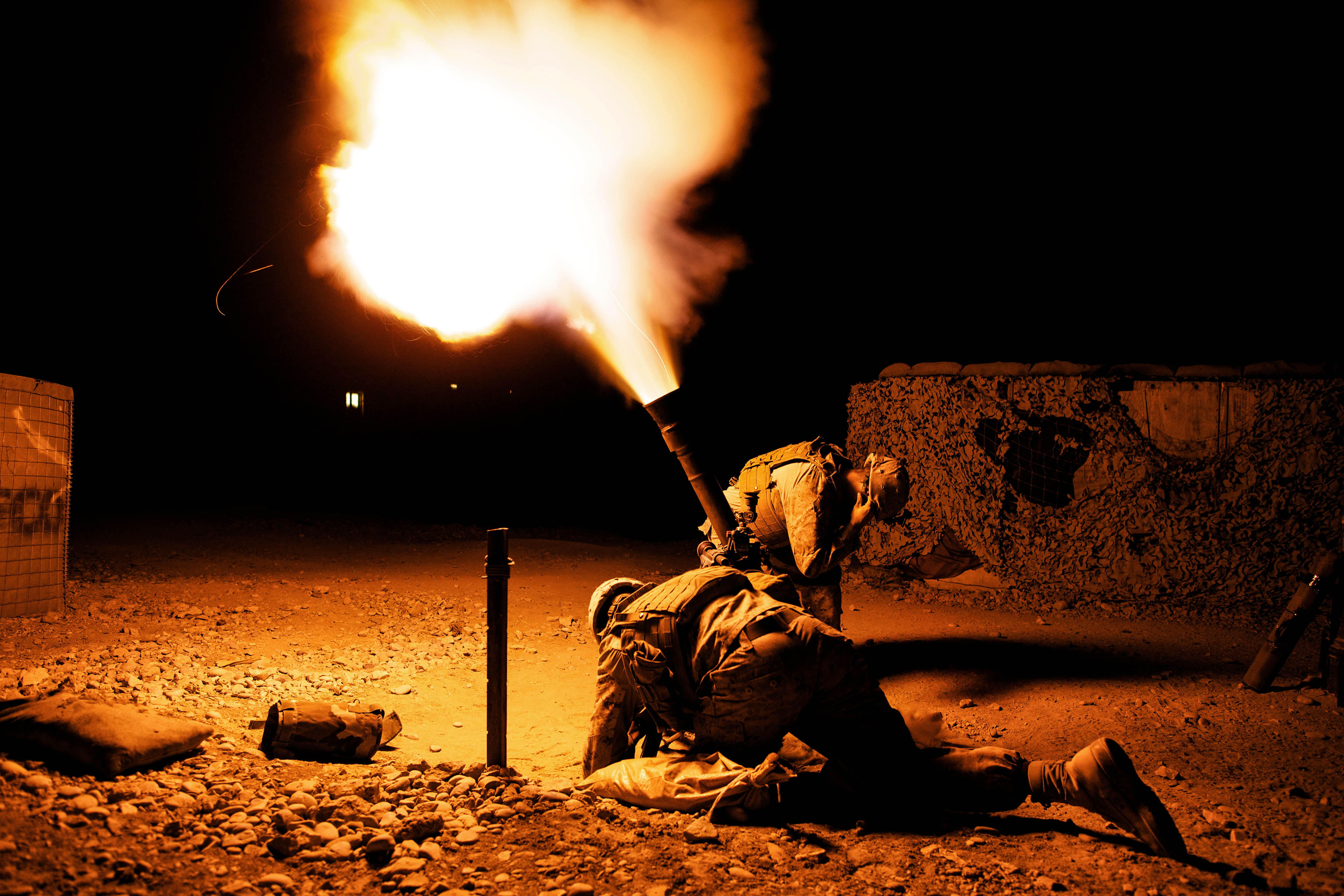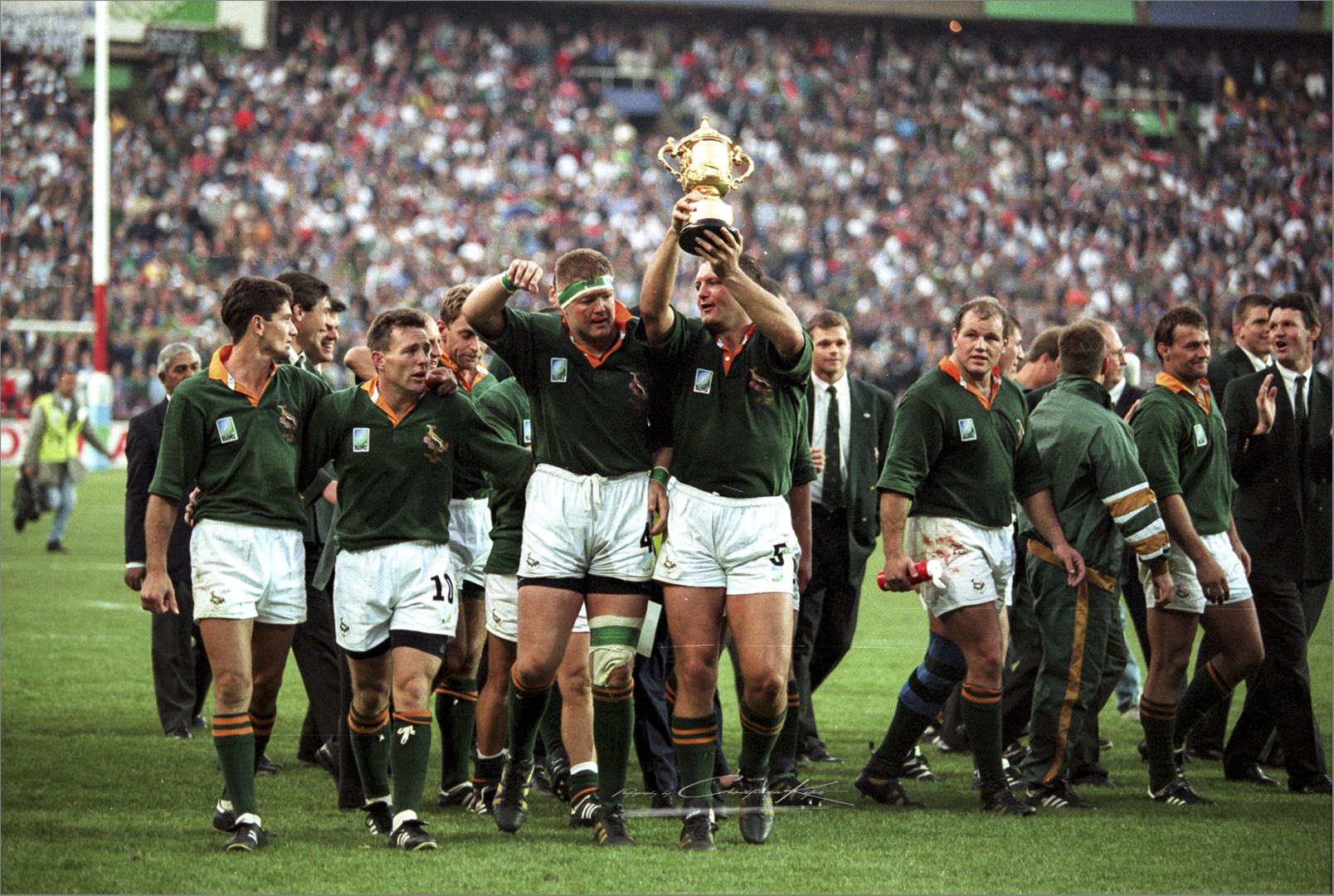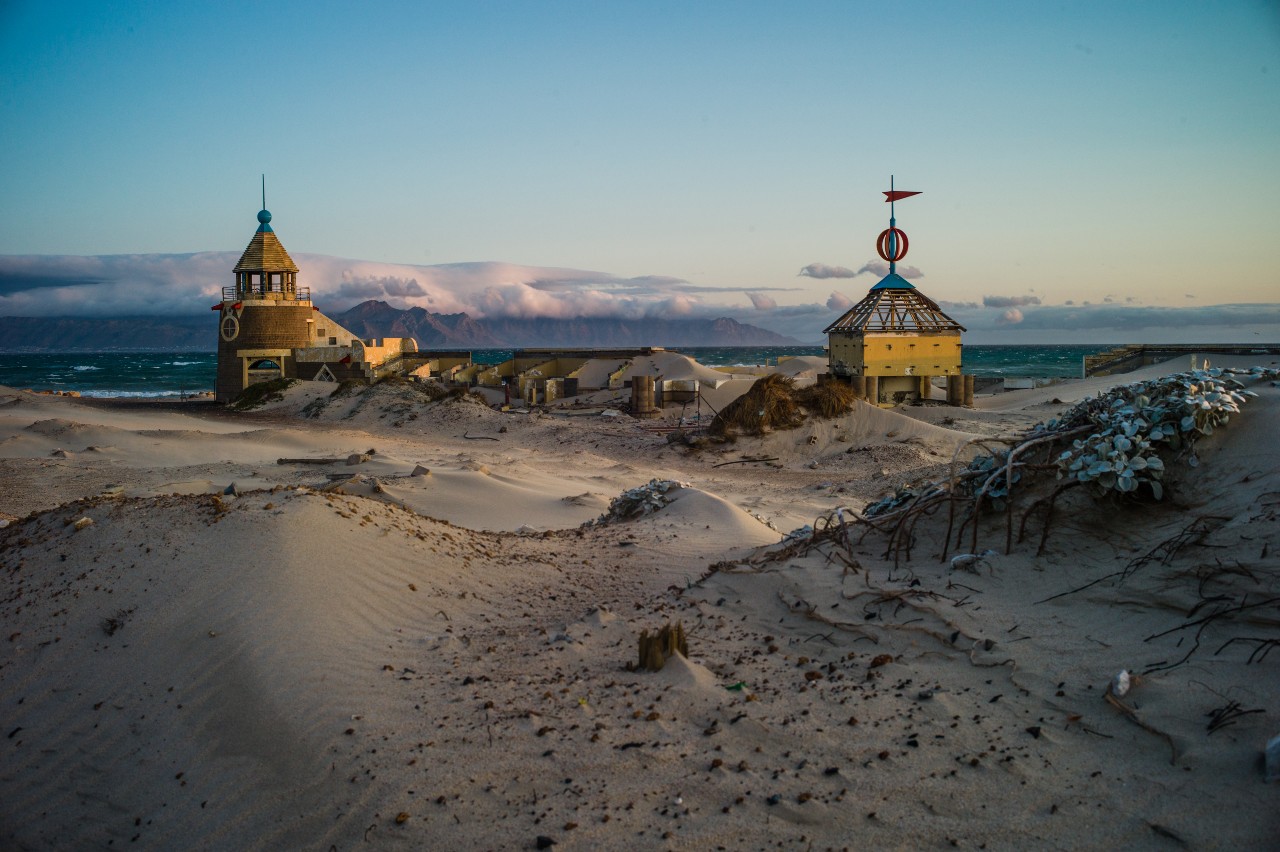We live in a world where it’s commonplace for the media to bombard one with a myriad of images and media content. Some modern apps and social media platforms have the sole purpose of showering you with thousands of photos daily. It’s thus not hard to feel desensitised and detached from the world from time to time. Wading through the nonsense can sometimes lead to us missing the important stuff. That’s why the work of photojournalists like James Oatway is so essential. Throughout his 22-year career, Oatway has photographed some of the most important social issues facing post-Apartheid South Africa.
He’s won several awards, both locally and internationally, and has released two books, The Battle of Bangui and [BR]OTHER. He is the former Chief Photographer and Picture Editor of the Sunday Times newspaper and is currently the Senior Visuals Producer for Reuters in Sub-Saharan Africa. His work has been praised and condemned by some of the highest officials and politicians in the country, which goes to show the incredible importance of his work.
How did you get your start as a photojournalist?
I studied Journalism at Rhodes University, but I wasn’t sure if it was what I wanted to do. My lecturer, the late Monty Cooper, organised an internship for me at The Star newspaper, which was managed by the legendary Picture Editor Robin Coml at the time. During my first week, I met Nelson Mandela and decided that photography was how I wanted to explore the world.
What drew you to photojournalism?
I liked the close proximity to history and the idea that people can learn about other people and the world through my photographs… even long after I am dead.
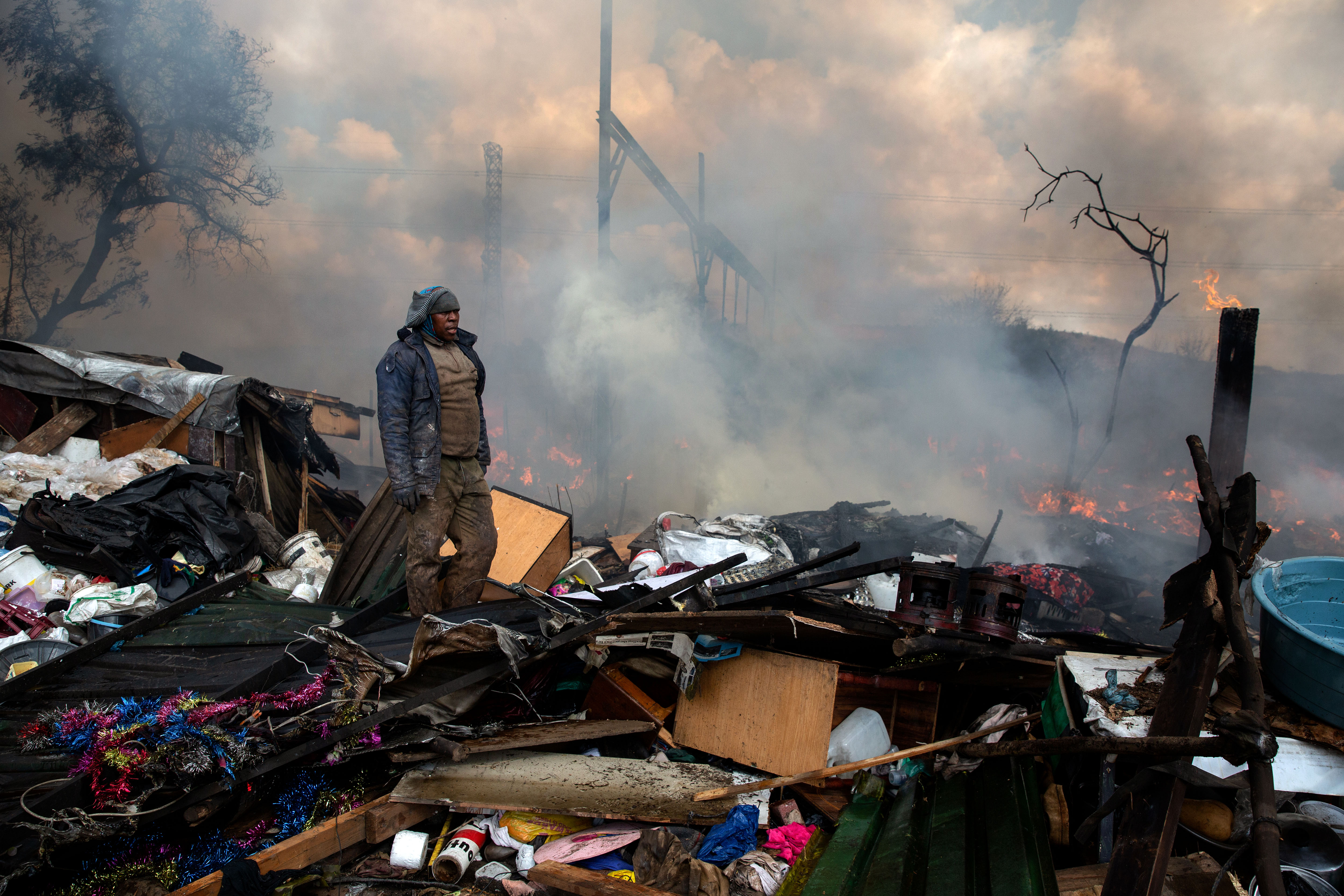
Your photojournalism work predominantly focuses on themes of social inequality and people affected by conflict. Was this a direction you chose or just the direction your career moved?
I just realised that people who are the victims of war, exploitation, corruption, politics and injustice are often ignored or misunderstood. I felt the need to use my work to try and change this.
What are some of the greatest difficulties you’ve faced as a photojournalist?
Working and staying safe in hostile environments, financial difficulties, and mental health issues.
How does one break it into the world of photojournalism?
You work on building up a strong portfolio of news, feature and documentary photography. You showcase it on Instagram and start a website with your work and contact details. Contact professionals within the industry and show them your work, and pitch stories and photographs to them.
Unfortunately, photojournalism within the South African media industry has nearly been destroyed by short-sighted media owners and editors who misunderstand or have little respect for photojournalism. To add insult to injury, they pay a pittance – rarely enough to survive and pay for the expensive camera gear needed to produce the work. To survive, one must target international media.
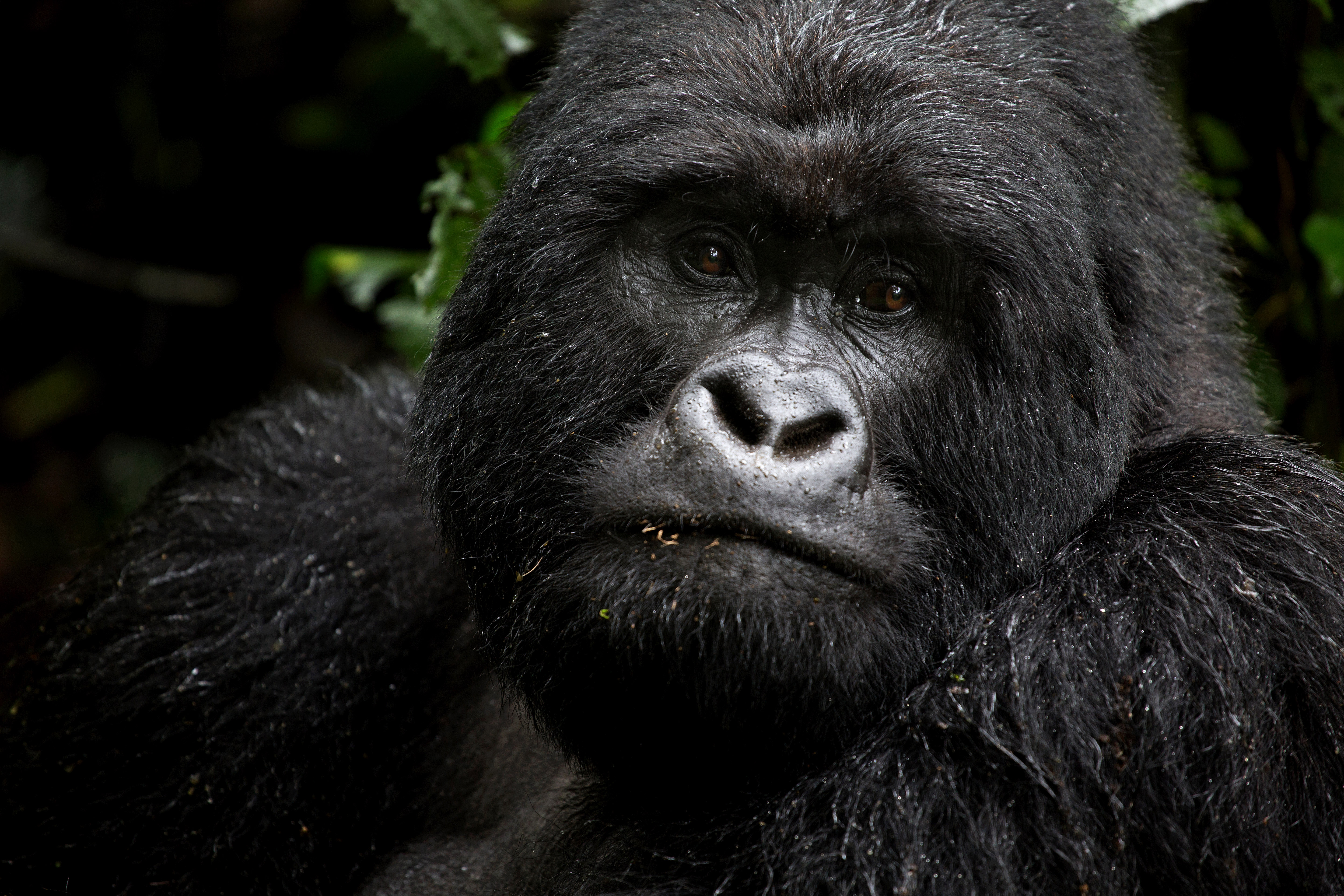
Which of your assignments has been your favourite?
I grew up in the bush in Phalaborwa, so I really enjoy being in nature and photographing wildlife. I once had the opportunity to photograph Mountain Gorillas in the Congo. It was raining and misty, and a massive Silverback got very close to me. Centimetres away. That was pretty crazy.
Which of your assignments have been the most difficult?
I think it could be photographing the aftermath of the 2010 earthquake in Haiti. It was a nightmare, and I’ve never seen such scenes of horror and human suffering since then. I hope I never have to again.
What drives you when pursuing a story?
I want my photographs to make people think more deeply about what goes on around them.
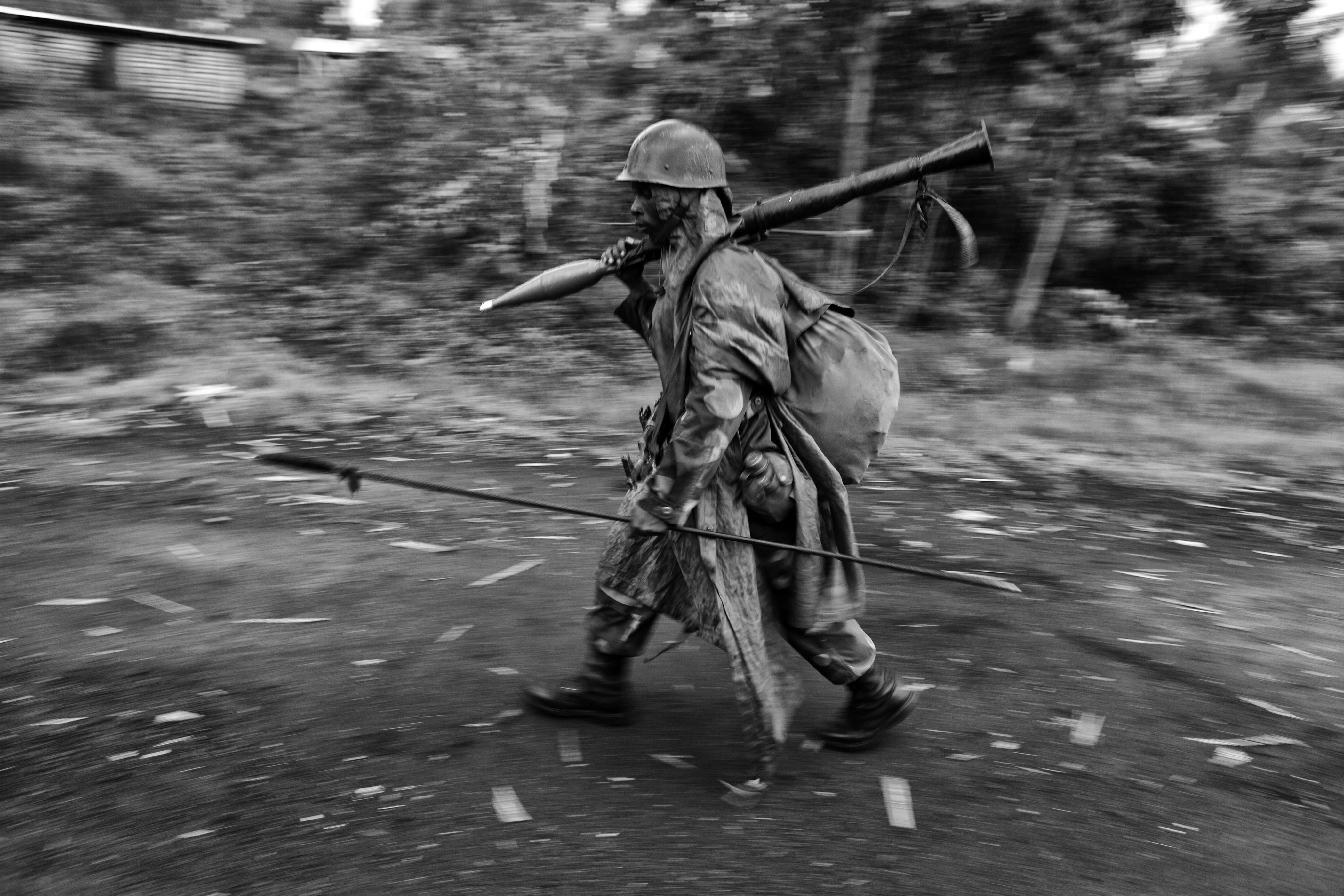
Which camera do you shoot with?
Aside from my first camera, a Pentax K1000, I have shot mainly on Canon. I currently use two battered Canon 5D mark III bodies that I bought in 2016. They have been with me through extremely difficult scenarios and never once let me down.
What are some of your favourite photographic gear to take along on an assignment?
I like a good lens. I like my belt and pouch system, which enables me to be agile and move quickly through difficult terrain.
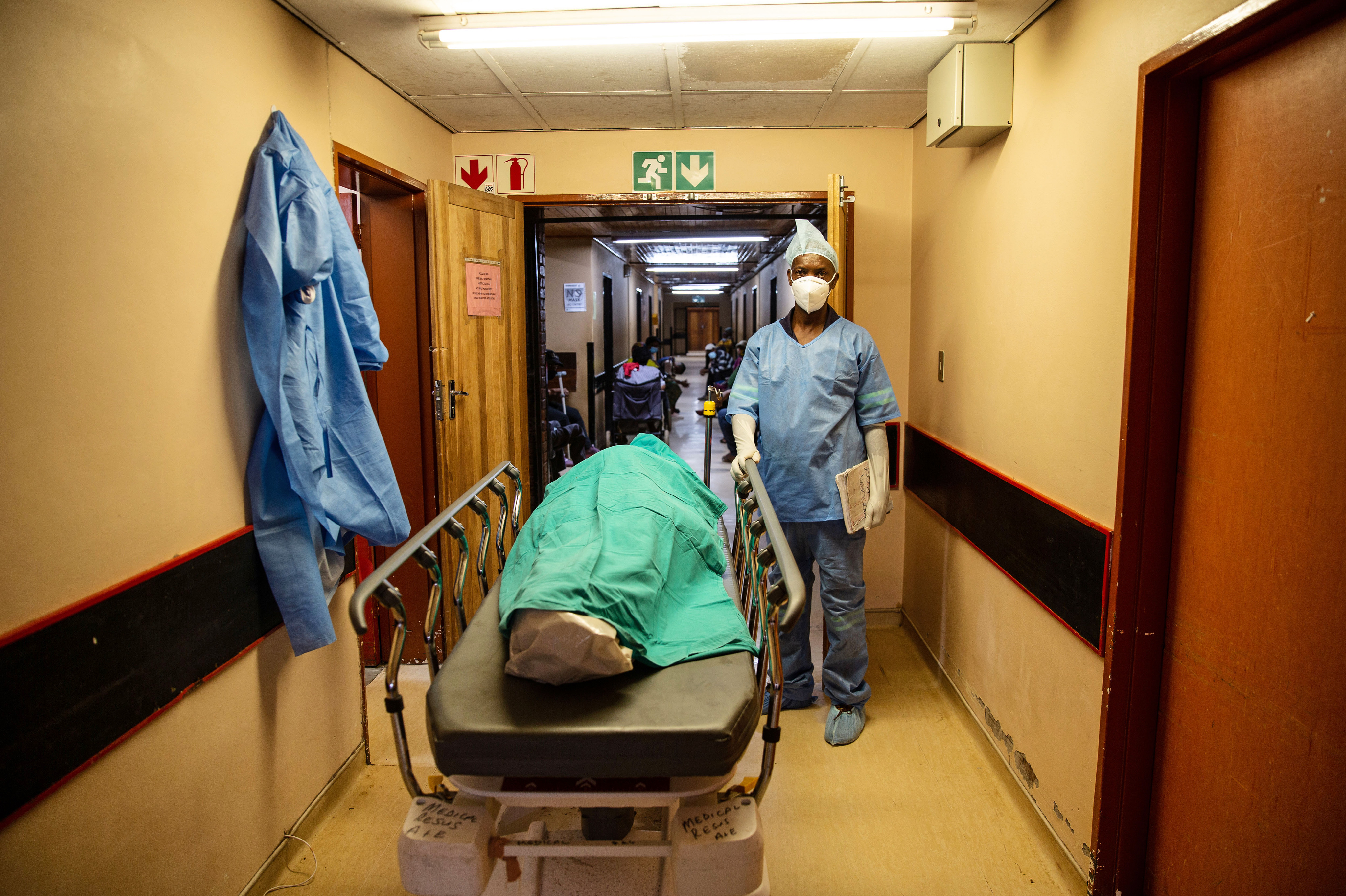
Which tools can you not be without on an assignment?
A pen and paper.
Any important lessons that you’ve learned along the way as a photojournalist?
So many. You can never stop learning photography. When you think you know it all, you have a problem.
It is a privilege to be a photojournalist entrusted to tell stories about people who are often going through hell. But it can come at a high price.
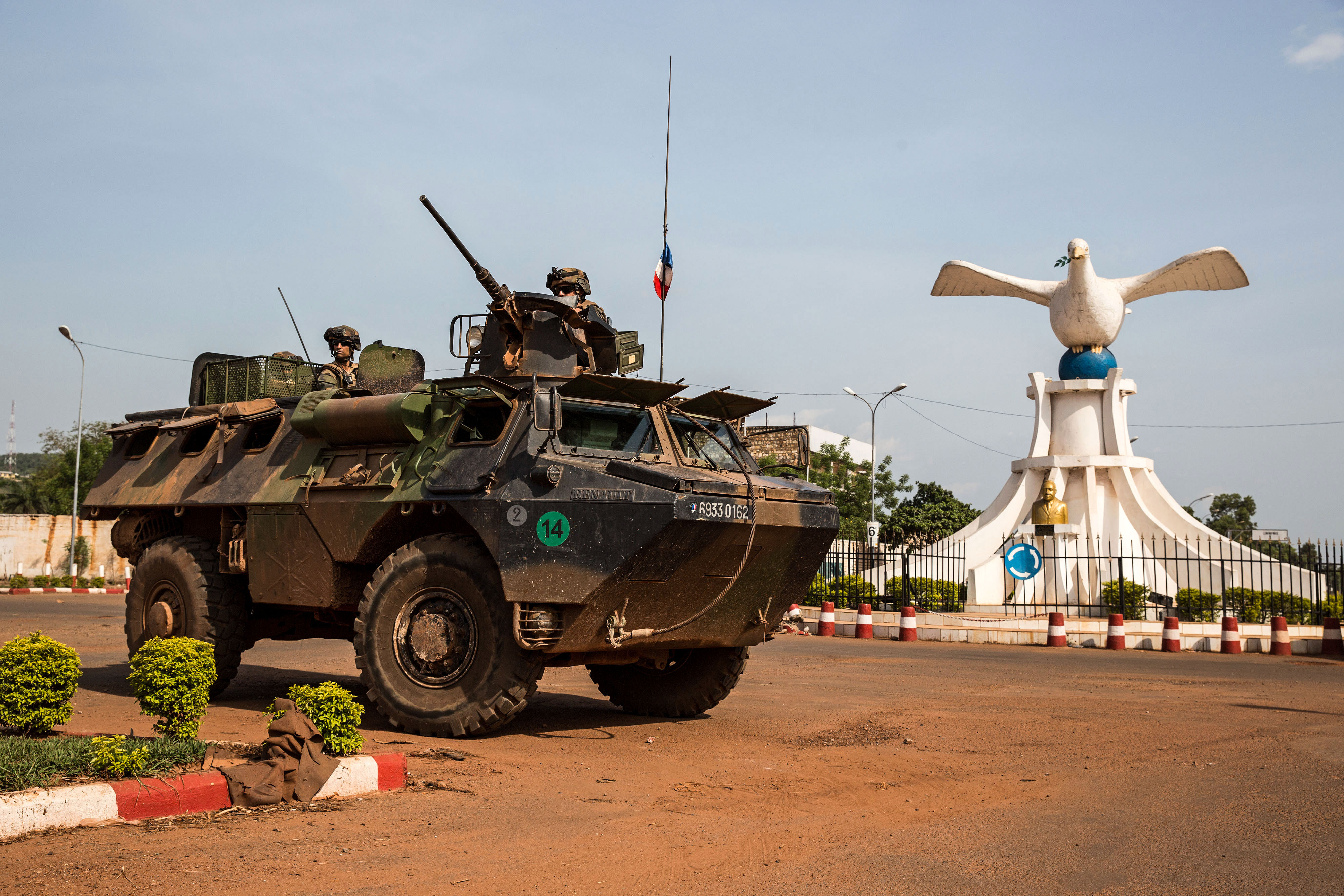
What motivated you to write the Battle of Bangui?
We decided to write the book because we felt that people needed to know the full story of why and how a small group of brave South African soldiers fought off thousands of heavily armed in a mysterious conflict that wasn’t really any of their business. I co-wrote it with Warren Thompson and Stephan Hofstatter. My other book [BR]OTHER is about the rise of xenophobic violence in South Africa. I worked on that project with my friend and former colleague, Alon Skuy.

